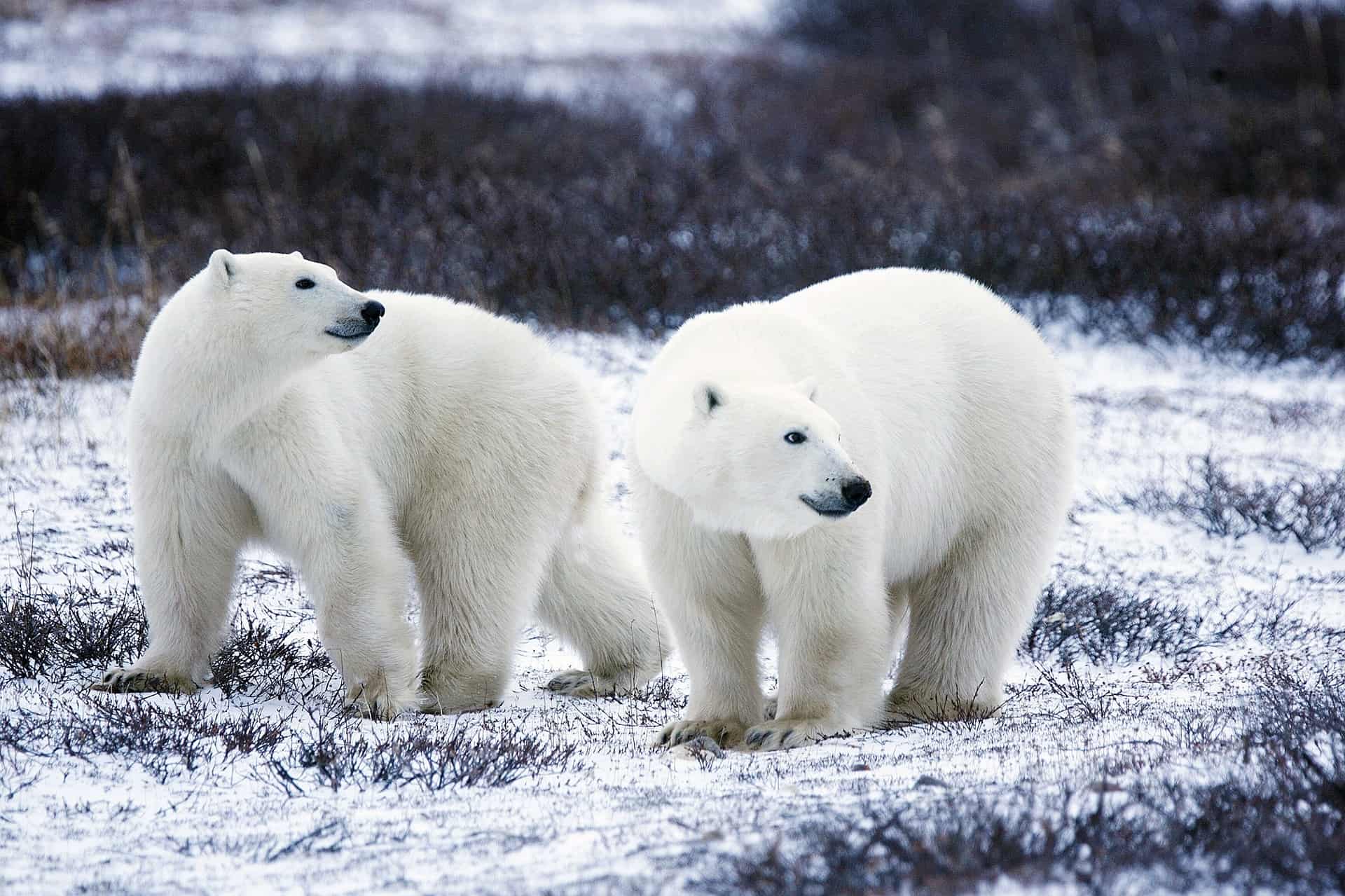The beauty of Norway leaves us speechless. If you’re considering making a move to Norway, or you’ve already come to this beautiful country, it’s useful to learn a thing or two about Norwegian wildlife.
Wildlife is like a fingerprint; it’s unique for every country. In fact, the more you know about wildlife, the more you appreciate Norway. Here’s everything that makes Norwegian wildlife so unique. If you need a hand un surviving the Norwegian wilds we can reccommend a visit to https://www.villmarksnett.no/ where you can find all sorts of information.
What’s Norwegian wildlife like?
One of the most prominent animals of Norwegian wildlife is the polar bear. On the remote Svalbard archipelago, polar bears outnumber humans. A male polar bear can weigh between 300 and 700kg while females are half that size. The main source of food for these magnificent animals is seals.
When talking about Arctic wildlife, we can’t leave out the stunning Arctic fox. This beautiful animal lives in the northernmost parts of Norway. While they seem delicate, Arctic foxes are well-adapted to the freezing temperatures. The Arctic fox has a high-pitched bark, but it doesn’t howl.
The musk ox is yet another beautiful animal that lives in colder areas of Norway, primarily mountainous areas. These wonderful animals can weigh up to 400kg and reach speeds of 37mph (60kph).
Norway is like a fairytale land, and reindeer is the perfect evidence. There are 30,000 reindeer in Norway and about 10,000 on Svalbard.
Wolves also pose as prominent figures of Norwegian wildlife. They are mainly found in forested areas close to the Swedish border. Wolves are often seen in packs of up to 15 members.
The only big cat of Northern Europe, the Euroasian lynx, can be spotted in some of the more remote national parks in Norway. Despite its cuddly look, this lynx is feisty.
Land animals are not the only treasure of Norwegian wildlife. You’ll find white-tailed eagle or sea eagle nesting along the entire coast of Norway. These wonderful birds also happen to be the largest birds of prey in Europe with a wingspan of up to 240cm.
A proper treat for birdwatchers is a puffin, a cute little bird you can spot in several locations, including Svalbard.
Water animals play an important role in the wildlife of Norway, and there’s plenty of them to see. For starters, beluga or white whales swim in the northern reaches of the waters around Norway and off the coast of Svalbard. Killer whales are also found in the Norwegian and Barents Sea around Svalbard, the archipelago where you can also observe ringed seals. Harbor seals, on the other hand, are found along the entire coast of Norway.
On summer days, you can see sperm whales off the coast of Norway. These whales can reach 60ft in length and, unsurprisingly, they have the biggest brain size on the planet.
As seen throughout this post, Norwegian wildlife is rich and unique. If you’re an outdoorsy person, you can always look for guided tours to observe the wildlife of this beautiful country.
